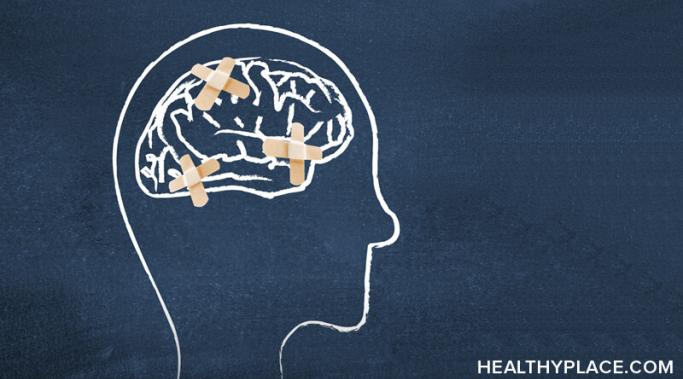We all have that little mean voice inside our heads, constantly nagging us and pointing out all our mistakes. Self-harm often comes with negative self-talk, but it's worth remembering that you are not your thoughts, you are just listening to them. You can choose to ignore them -- or even create a dialogue between you and your self-injury voice.
Self-Injury Treatment
Are tattoos the same as self-mutilation? Let's face it, tattoos do hurt, and so does self-harm. But does it mean they are the same? Having done both, I can assure you they are unlike each other, even if both are associated with some level of pain.
Self-harm is an intimate act. Recovery, too, is a highly personal journey in many ways. But is healing from self-harm possible on your own?
You can regulate your emotions and better respond to distress through dialectical behavior therapy (DBT) skills training. Dialectical behavior therapy emotional regulation skills have proven to be especially effective in people struggling with self-harm and other self-destructive, maladaptive behavior.
Using mindfulness for self-harm is a dialectical behavior therapy (DBT) skill. Dialectical behavior therapy is an effective type of treatment used for issues of self-harm. Originally developed to treat borderline personality disorder (BPD), it is currently used to treat a variety of mental illnesses such as eating disorders and chronic depression. Dialectical behavior therapy targets emotion dysregulation to help patients cope with the severity of their distress.
Distress tolerance skills are coping skills taught in dialectical behavior therapy (DBT). Dialectical behavior therapy is a type of treatment that teaches patients how to regulate their emotions and respond to distress through skills training. Distress tolerance skills have proved to be especially effective in people struggling with self-harm and other self-destructive, maladaptive behavior.
Dialectical behavior therapy (DBT) is a type of treatment that teaches patients how to regulate their emotions and respond to distress through skills training. It has proved to be especially effective in people struggling with self-harm and other self-destructive, maladaptive behavior.
If you have been struggling with self-harm and are considering professional help as an option, you may have already come across a type of treatment called dialectical behavior therapy (DBT) for ending self-harm. Though many find success with other common therapies such as cognitive behavioral therapy (CBT), DBT has proved uniquely suited to patients who engage in self-harming behavior.
Some coping mechanisms for self-harm act immediately to help stop the urge. In fact, sometimes all we need to get us committed to stop engaging in self-harm is knowing that there are alternative ways of coping with distress and satisfying self-harm compulsions. An important step toward self-harm recovery involves familiarizing ourselves with these alternative coping mechanisms for self-harm, figuring out what works for us, and creating a toolbox (whether that be a mental toolbox or a literal collection of physical objects) of things that we can turn to in our more vulnerable moments.
Our expectations about self-harm recovery sabotage us. You see, when you are in the depths of your self-harm, it is hard to imagine life without it. Even if you want to stop, it feels overwhelming and daunting because you figure that in order to be able to stop, the problems that made you turn to self-harm in the first place would have to be resolved. In other words, the circumstances surrounding your recovery would have to be completely different from the circumstances surrounding your self-harm. But this is a lie we tell ourselves that will sabotage our self-harm recovery.









